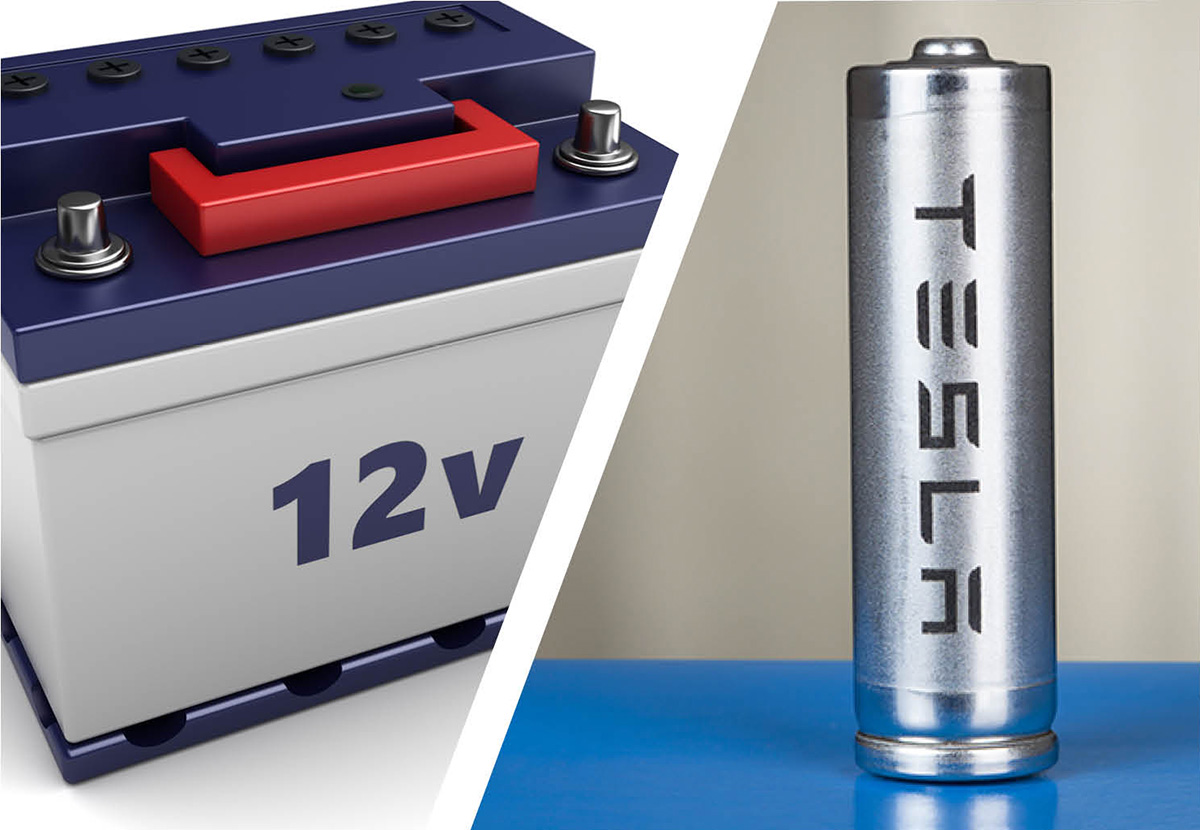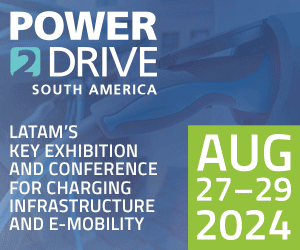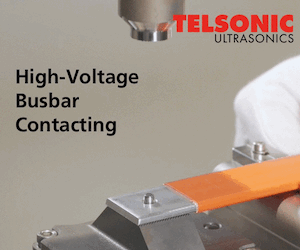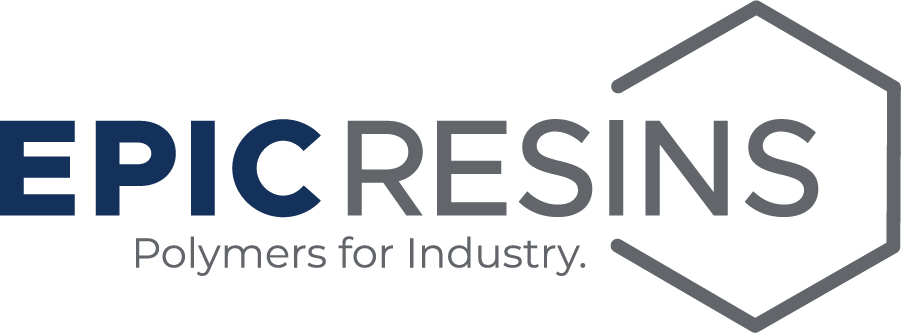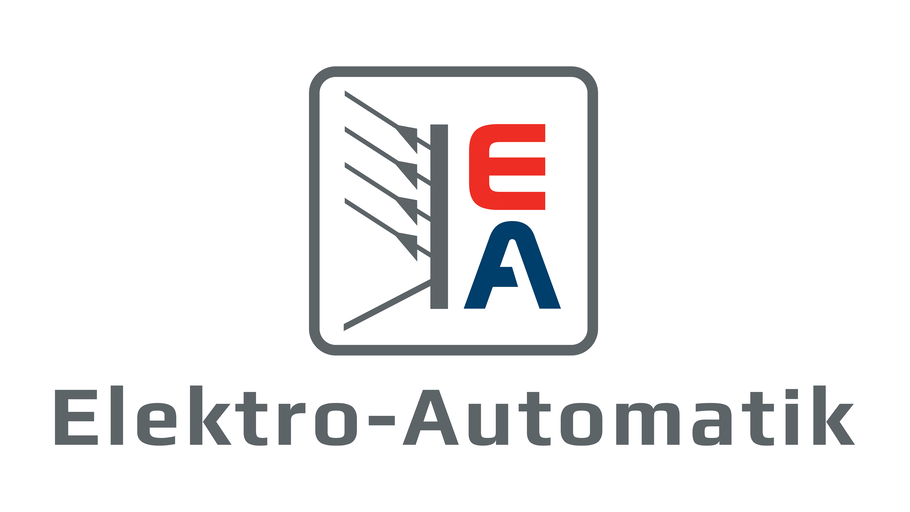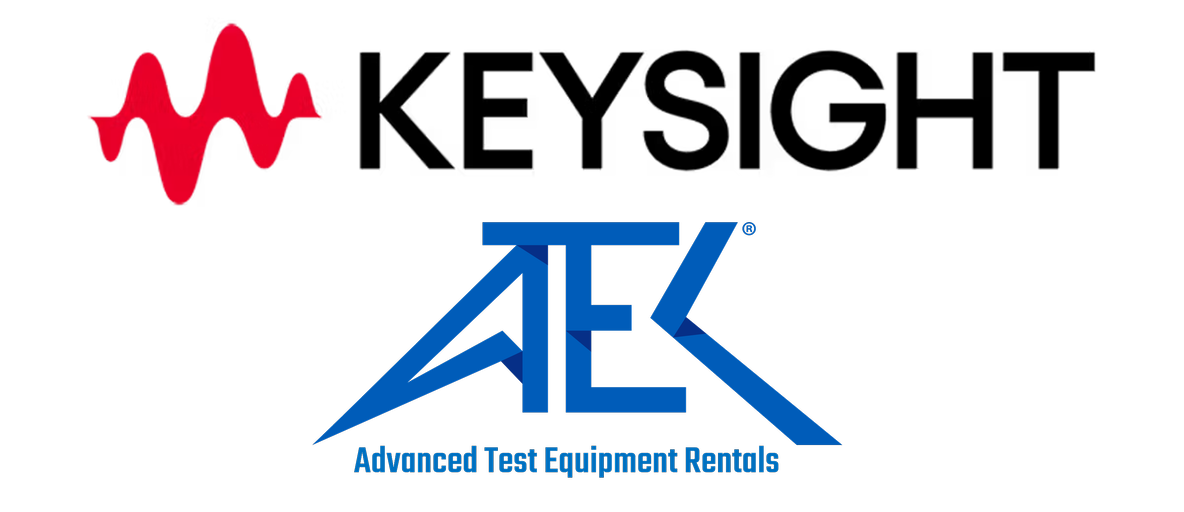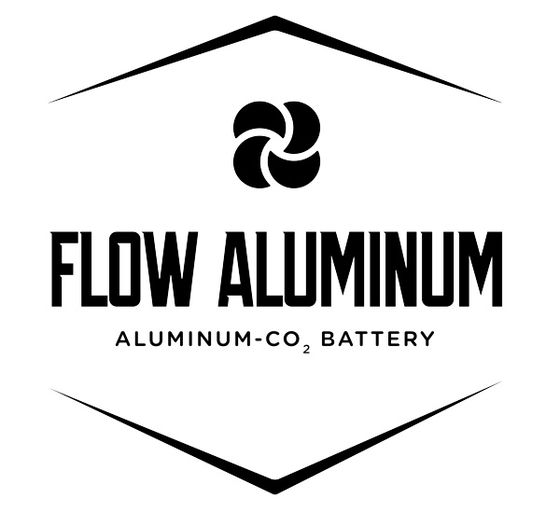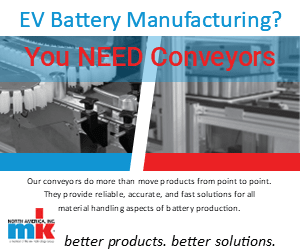Elon Musk and Sandy Munro covered a lot of ground in their recent video chat, discussing a great number of advances and improvements to Tesla’s vehicles and manufacturing processes. Here’s just one tidbit that many may have overlooked: beginning with the upcoming Model S/X refresh, Tesla plans to abandon the century-old lead-acid battery technology in favor of a more modern lithium-ion unit.
It’s ironic, but as far as we know all of today’s production EVs contain lead-acid batteries, which power the 12-volt system that runs accessories such as the lights and audio system. (Interestingly, the Hyundai Ioniq Hybrid went lead-acid-less in 2017 and it spread to all Hyundai hybrids in 2020.)
There are Li-ion 12 V automotive batteries commercially available from a variety of aftermarket suppliers, but they are specialty items intended for racing or other weight-sensitive/cost-insensitive applications.
As Jeffrey Jenkins explains in a highly technical exploration of DC-DC converters, 12 V lead-acid systems are still used in EVs because they are a commodity. And it’s very difficult to engineer a cheaper Li-ion solution.
However, during a discussion of pending innovations in Tesla’s wiring and electronics (around 38:00 in the video), Elon throws out this morsel: “With the new S/X we’re finally transitioning to a lithium-ion 12-volt [battery]. It’s got way more capacity, and the calendar and cycle life match that of the main pack. We should have done it before now, but it’s great that we’re doing it now. This is one of those inside-baseball victories that’s kind of a big deal.”
Why is it a big deal? Well, for one thing, lead-acid car batteries, at least the cheap ones, only tend to last a few years. A lot of EV owners don’t even realize their car has one until it fails and leaves them stranded. (“I thought these cars didn’t need any maintenance!”)
Lead-acid isn’t the only vestige of the past that’s ripe for an upgrade—the entire world of 12-volt auto electronics may be passing away soon. “What are we still doing at 12 volts?” Musk asks Sandy (cutting-edge vehicles are moving to 48-volt systems for their electronics). “Twelve volts is very much a vestigial voltage—it’s certainly low,” he continues, noting that even powered Ethernet uses 48-50 volts. “That’s really what the car’s low-voltage system should be at.”
Another future innovation: using the same wires for power and data (for the CAN bus, battery monitoring, etc), which will allow Tesla to eliminate a lot of point-to-point wiring.
Source: Munro Live




